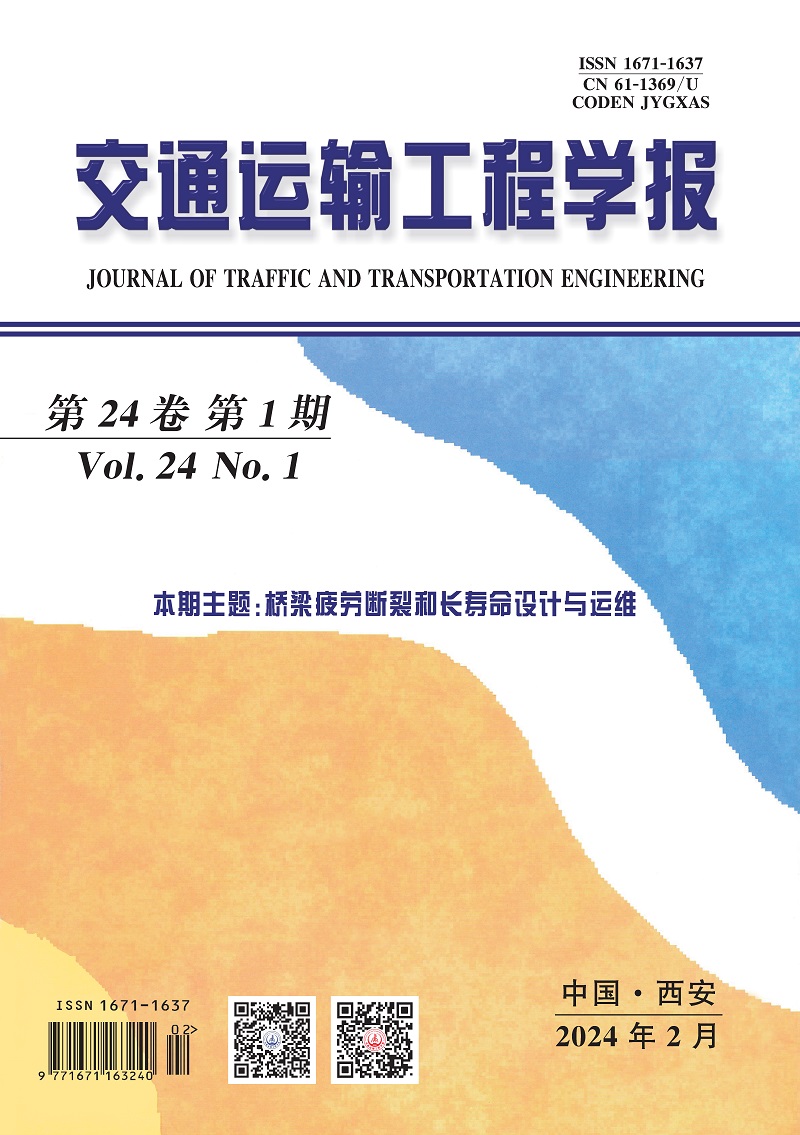2013 Vol. 13, No. 6
Display Method:
Abstract:
2013, 13(6): 1-6.
Abstract:
2013, 13(6): 7-13.
Abstract:
2013, 13(6): 14-19.
Abstract:
2013, 13(6): 20-27.
Abstract:
2013, 13(6): 28-35.
Abstract:
2013, 13(6): 36-46.
Abstract:
2013, 13(6): 47-53.
Abstract:
2013, 13(6): 54-60.
Abstract:
2013, 13(6): 61-68.
Abstract:
2013, 13(6): 69-75.
Abstract:
2013, 13(6): 76-82.
Abstract:
2013, 13(6): 83-89.
Abstract:
2013, 13(6): 90-98.
Abstract:
2013, 13(6): 99-106.
Abstract:
2013, 13(6): 107-112.
Abstract:
2013, 13(6): 113-118.
Abstract:
2013, 13(6): 119-126.




